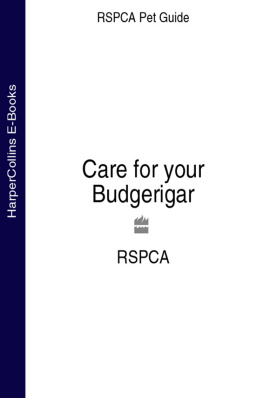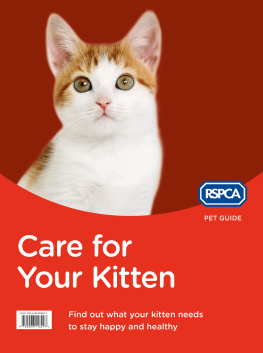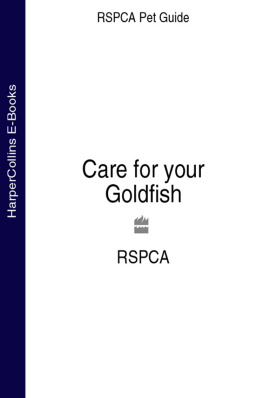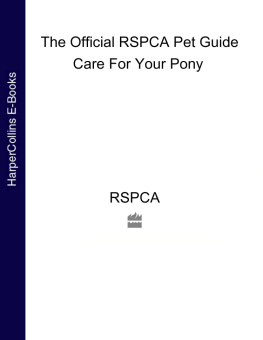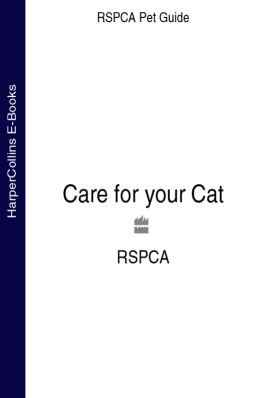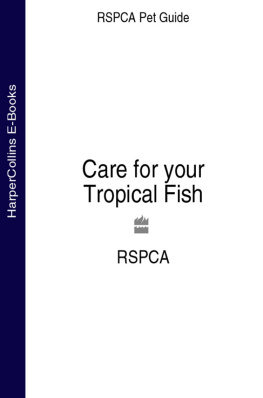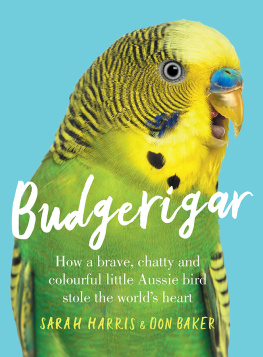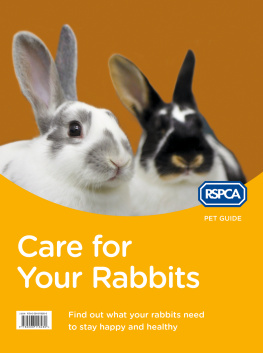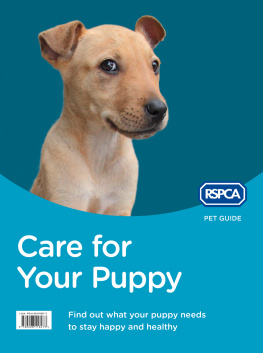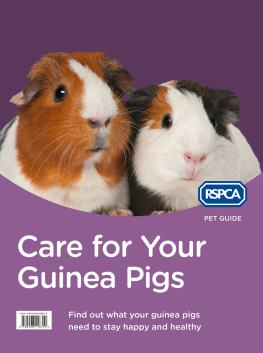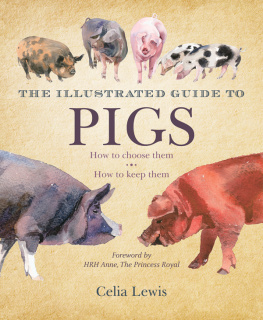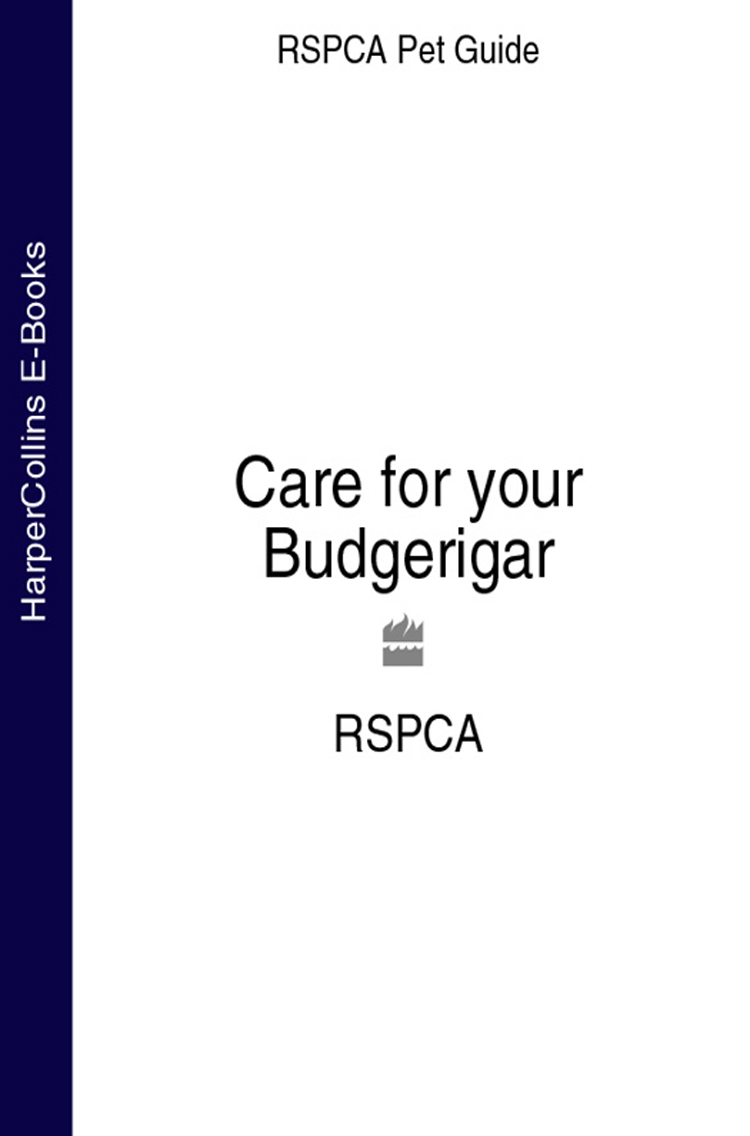
Care for your
Budgerigar

Contents
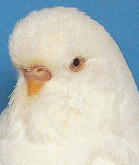
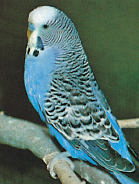
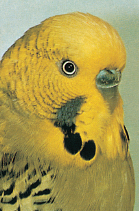
Owning budgerigars is great fun but also a huge responsibility. All pets need a regular routine and lots of love and attention. But, most importantly, pets need owners who are going to stay interested in them and committed to them all their lives.
Anyone who has ever enjoyed the company of a pet knows just how strong the bond can be. Children learn the meaning of loyalty, unselfishness and friendship by growing up with animals. Elderly or lonely people often depend on a pet for company, and it has been proved that animals can help in the prevention of and recovery from both physical or mental illness.
The decision to bring a pet into your home should always be discussed and agreed upon by everyone in the family. Bear in mind that parents are ultimately responsible for the health and well-being of the animal for the whole of its lifetime. If you are not prepared for the inevitable expense, time, patience and occasional frustration involved, then the RSPCA would much rather that you didnt have a pet.
Being responsible for a pet will completely change your life but if you make the decision to go ahead, think about offering a home to one of the thousands of animals in RSPCA animal centres throughout England and Wales. There are no animals more deserving of loving owners.
As for the care of your pet, this book should provide you with all the information you need to keep it happy and healthy for many years to come. Enjoy the experience!
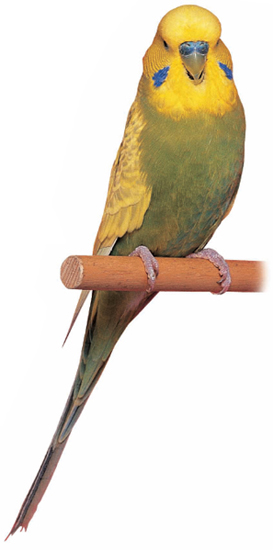
Steve Cheetham MA, VetMB, MRCVS
Chief Veterinary Officer, RSPCA
The budgerigar is actually a small species of parrot, which is native to Australia, where it roves over the semi-arid interior plains in vast flocks. During the nineteenth century, naturalists introduced the budgerigar into Europe, where its popularity grew to such an extent that it was soon in great demand as an exotic pet.
Throughout the nineteenth century, nets were laid out on their feeding grounds to catch the wild budgerigars as they came down to feed on seeding grasses. Those that survived the traumatic experience of being netted were transported to Europe, where they were bred and became the ancestors of todays domestic budgerigar. All budgerigars now offered for sale have been bred in captivity.
Budgerigars do not build nests. In the wild, they lay their eggs in any convenient place, such as a hollow tree, which affords protection and enables them to roll the eggs during the incubation period. Given suitable nesting boxes inside a breeding cage, budgerigars can be bred successfully in captivity.
Budgerigars as pets
Caged budgerigars are less fortunate, but they do make particularly good pets for a family with very limited space and possibly modest means. If possible, you shoud keep a pair of budgerigars in a good-sized cage. It is essential that caged birds should be given some daily exercise out of the cage. When a budgerigar has to be kept on its own, it will need the stimulation of appropriate toys and also plenty of human contact. Young budgerigars may learn to talk if they receive lots of encouragement before the age of six months.
Endearing companions
Budgerigars are cheerful, hardy companions, which respond well to training and human companionship and develop distinctive characters. Just how much individuality they show will depend, as with all pet animals, on the degree of freedom that they are allowed, and on the stimulation that is provided by their surroundings and their companions. The only time when fit budgerigars lack vitality is when they are moulting, which seems to be very debilitating for a short while.
There are now thought to be six million of these agreeable little birds in Britain alone but, as with all other birds that are kept in captivity, they need to be provided with the appropriate care.
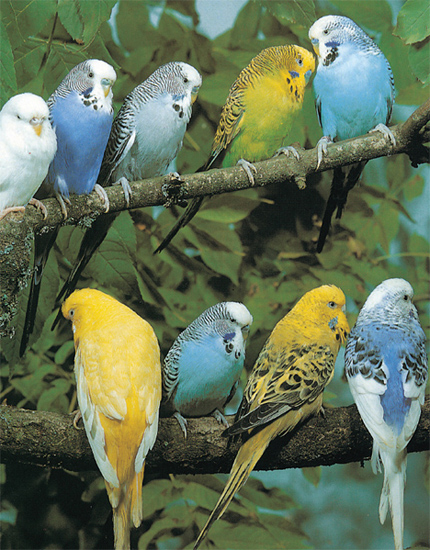
The vast, semi-arid grasslands of the Australian interior are the natural home of the budgerigar. It is a migratory bird, spending summer in the cooler south of the continent and then flying north for the winter. Within this general annual pattern, however, flocks of birds are constantly on the move, partly to find fresh sources of food and water and partly to avoid the excessive heat. Unlike many other migratory birds, such as swallows, budgerigars do not return to the same site every year. They are opportunistic rovers.
The typical vegetation of the budgerigars favoured environment is scrub grass, which provides food when it seeds, and eucalyptus trees, which provide valuable shelter and nesting places. Budgerigars water requirement is relatively low, but a supply is, of course, essential. Their need to conserve water is reflected in the fact that they excrete very little, resulting in almost dry droppings.
The natural breeding season is from October to December. During the incubation period, the cock feeds the hen, and he helps with the feeding of the young by dehusking seeds for them. The learning phase of the young chicks life is extremely intense, and at six weeks it is fully fledged and ready to migrate with its parents.
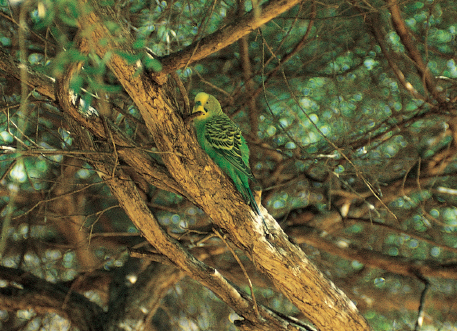
The wild budgerigars bright green plumage and the contrasting wing patterning provide these parakeets with excellent camouflage when they are perching in trees.
There are over 100 different colour varieties that are recognized by budgerigar breeders, all produced by selective breeding from mutants of the wild light green type. For owners who do not wish to breed from their birds, the choice of a particular colour is a matter of personal taste. The longevity or good health of the colour varieties does not differ significantly.
Light green
Wild budgerigars are generally light green in colour, with a yellow mask, shoulders and wings. The six throat spots, the wing and head markings are black. The domestic Light Green variety is closest to the wild type, but it is larger. Different colours, such as light yellow or dark green, will appear naturally from time to time in a wild flock, but the new sports, or mutations, tend to die out in the wild.
Basic colour series
In captivity, the mutant forms, when they occur, are fixed by breeding the mutant back to its offspring. The four colour series are Blue and White, which have a white ground colour, and Green and Yellow, which have a yellow ground colour.

